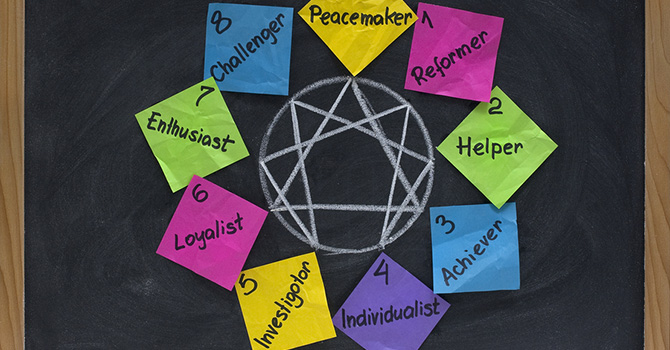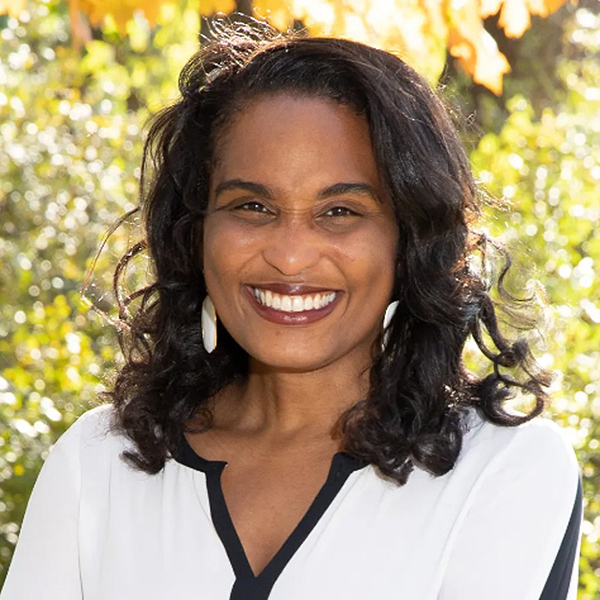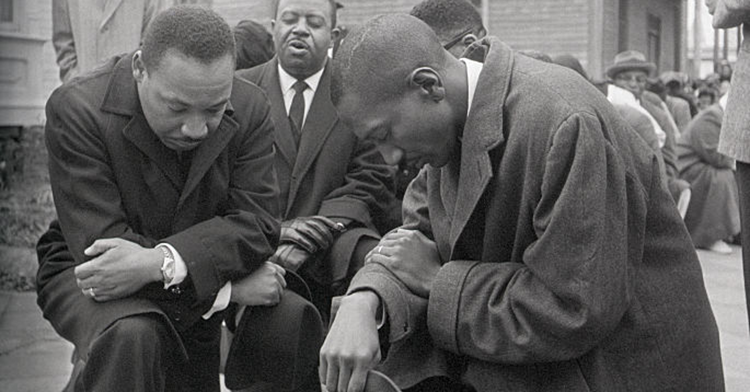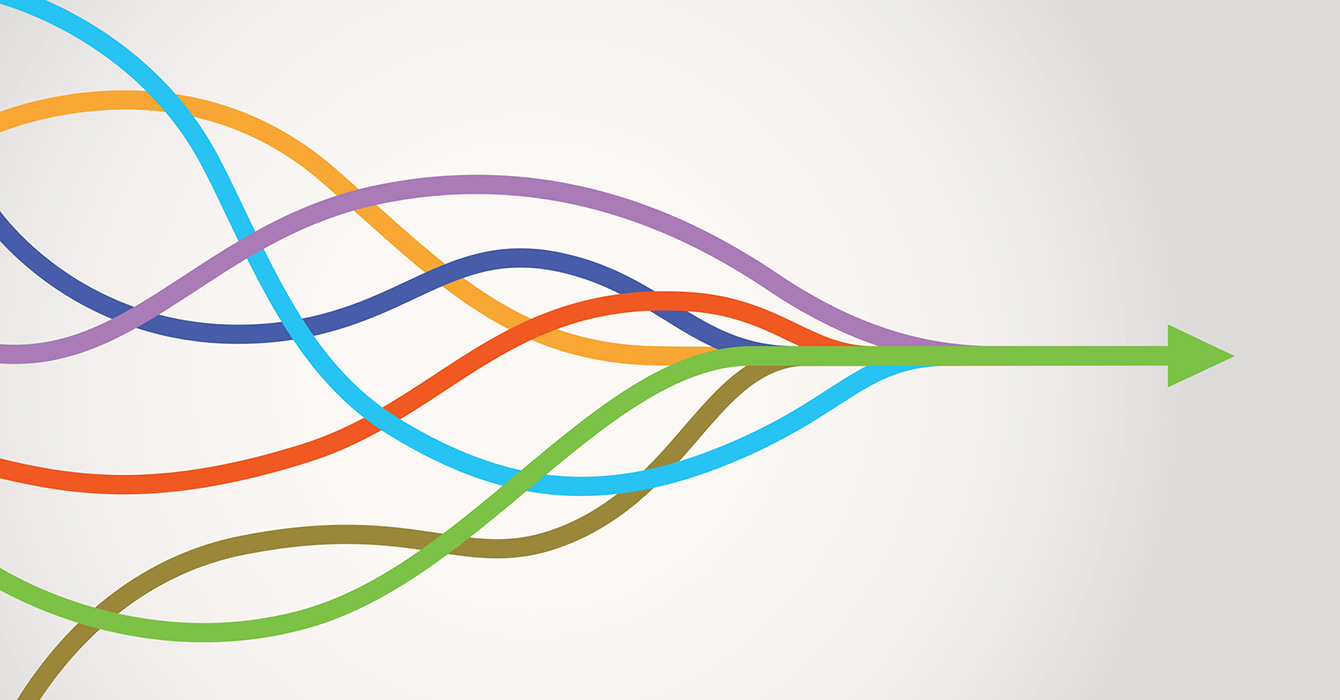Editor’s note: In June 2020, nearly three dozen people alleged that they saw or experienced “spiritual and psychological abuse" by Christopher L. Heuertz; he posted a public apology on his webpage in which he acknowledged that some of his friendships with women “became inappropriate in nature.” A later investigation by an independent, third-party investigator on behalf of Gravity found no evidence of misconduct. Gravity is no longer in operation.
I first learned about the Enneagram nearly 16 years ago, in the slums of Cambodia. I was with a dear friend after eating an amazing Khmer lunch at a rooftop cafe. Sitting in the sun, we felt safe to talk about our fears and dreams. It was the prefect context to be introduced to the Enneagram.
But if I’m honest, I have to admit that the Enneagram weirded me out at the beginning.
At first I thought it was totally bogus, a spooky-looking version of yet another personality test. I mean, the diagram itself looks super evil -- like two entangled pentagrams. And back then, the interspiritual language tied to much of the Enneagram literature was more than I was ready for.
But my buddy kept at me. As he continued to explain the Enneagram, it really did make sense.
Like many good things that come to us right on time, the Enneagram, once it found me, wouldn’t let me go.
Fundamentally, the Enneagram illuminates the set of coping strategies we have developed in reaction to our experiences in childhood -- our childhood wounds. By observing the patterns of our particular Enneagram types, we are more capable of loosening the grasp these coping strategies have on us.
Because of our human proclivity toward narcissism, we love to be told things about ourselves that we intuitively knew to be true but didn’t have a construct or framework for. The Enneagram gives us a framework for thinking about why we react and respond in the ways that we do.
Properly understood, the Enneagram can be a helpful blueprint in navigating the spiritual journey. As the great Enneagram teacher Russ Hudson often says, “Enneagram types aren’t merely ‘types’ of people but paths to God.”
What is the Enneagram?
Although it’s often compared to personality profiles, I think the Enneagram is actually more complicated than other common assessment tools. Because the Enneagram gets to the core of who we are, it requires thoughtful interrogation and thorough investigation.
The word “Enneagram” is translated from two Greek words: ennea, meaning “nine,” and gramma, meaning something “drawn” or “written” (from which the word diagram also is derived).
When drawn, the Enneagram is a circle with nine equidistant points connected by nine lines. At the top of the circle is the tip of an equilateral triangle, and the remaining six points form an irregular hexagram.
But it’s more than a drawing. The Enneagram helps us come to terms with nine basic patterns for the ways we reason, emote and behave. These nine patterns fortify a kind of “muscle memory” that shapes the motivations behind why we think, feel and act in the ways we do.
What is an Enneagram type?
The nine points on the Enneagram represent nine distinct human types. Each is framed by its core motivations or desires, a primary fear, an arresting passion of the heart, a paralyzing fixation in the mind and a dominant instinct in the gut.
Richard Rohr's
Enneagram types
In the 1980s, the Rev. Richard Rohr, a Franciscan friar, published the first significant Enneagram book for Christians. He framed the nine types of the Enneagram around fundamental needs:
Type One: The need to be perfect
Type Two: The need to be needed
Type Three: The need to succeed
Type Four: The need to be special
Type Five: The need to perceive
Type Six: The need to be secure
Type Seven: The need to avoid pain
Type Eight: The need to be against
Type Nine: The need to avoid
It’s widely agreed among Enneagram practitioners that for each of us, though we exhibit bits of all nine types, one particular type dominates.
That dominant Enneagram type stays with us throughout our lives; the type doesn’t change. But it can be enhanced or balanced by the “wings,” the adjacent types on either side in the Enneagram figure.
Some Enneagram schools have assigned roles or names to the nine types to describe their chief features. Using these names is an easy way to remember the types, but it can also lead to oversimplifying the types to sets of personality traits.
People can learn the Enneagram fairly quickly, because it does make sense. But grasping the model is not just about being the most interesting person at a dinner party by rattling off a few quirks associated with the nine types. That does the Enneagram a disservice by failing to recognize that it’s deeply spiritual and carries profound potential for spiritual transformation.
The Enneagram and spiritual growth
I have found this to be true in more ways than I could have imagined. Coming to terms with your type can be humiliating for your ego, but over the years, as I’ve pressed into some painful inner work using the Enneagram, I have come to see it as a sacred map of my soul.
Aligning my type with the contemplative prayer postures of stillness, solitude and silence has helped me debunk the lies that I have believed about my identity. Welcoming the ache in my heart caused by my disengagement from my true self has helped me wake up from the illusion in which I’ve kept myself trapped.
Enneagram Institute
types
Don Riso and Russ Hudson at The Enneagram Institute assigned these descriptors to the types:
Type One: The reformer
Type Two: The helper
Type Three: The achiever
Type Four: The individualist
Type Five: The investigator
Type Six: The loyalist
Type Seven: The enthusiast
Type Eight: The challenger
Type Nine: The peacemaker
Praying with my type has helped me loosen the grasp that my own addictive compulsions for power and control have held over me.
Giving myself to the pain of focused inner work has helped me open my eyes to my characteristic temptation and how I constantly return to it.
With the Enneagram, I’ve relearned how to pray -- how to consent in stillness, how to rest in solitude, how to engage silence as a way of letting God be God and training myself to abide in divine love and divine presence.
Because of the Enneagram, I’ve also learned how to recognize the predictable places I get stuck in my relationships and how to show up in those relationships with receptivity and openness.
Confronting my basic fear exposes the ways I withhold myself from those I love.
Identifying the defense strategies my type uses to keep my childhood wounds unhealed allows me to open up to what the healing community can offer those wounds.
Ultimately, the Enneagram helps me take myself less seriously. It helps me remember that God is not as hard on me as I am on myself, and that much of the shape of the tragic flaw in my soul is simply about coping with the human condition.













